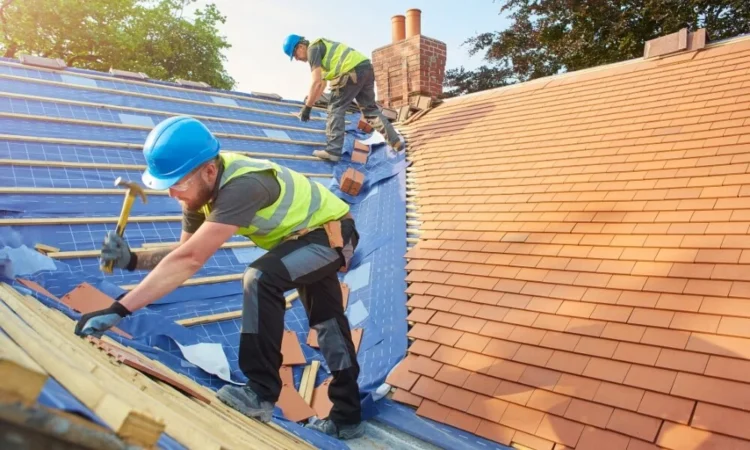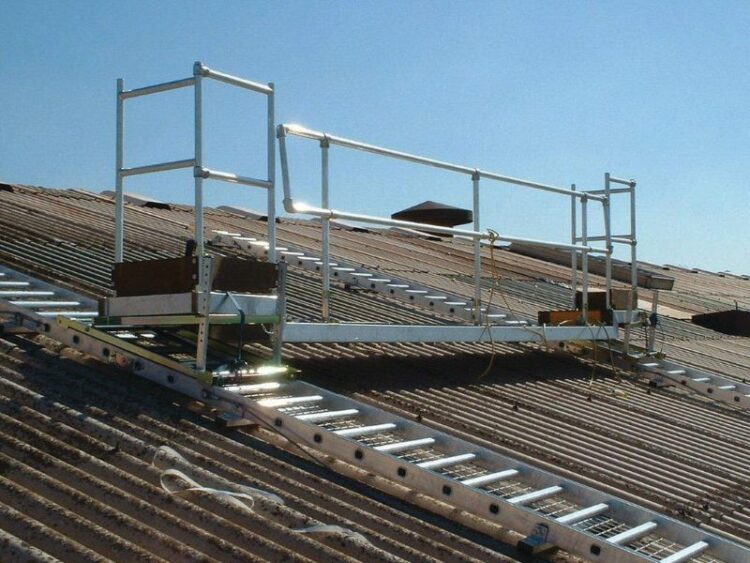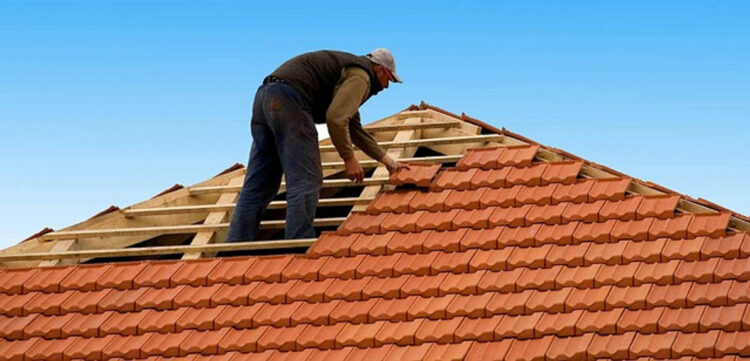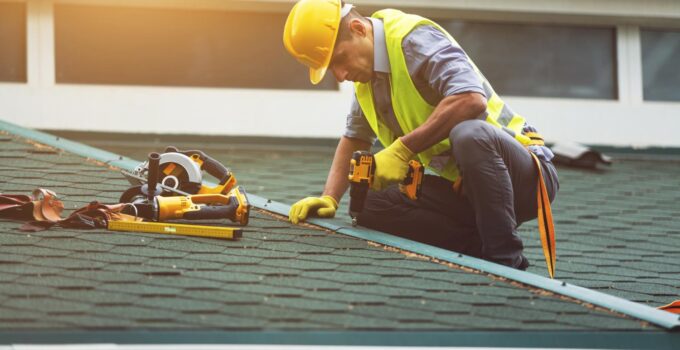Roof protection is a critical aspect of ensuring individuals’ well-being and structures’ longevity. Whether you’re a homeowner, a business owner, or a construction professional, understanding and implementing proper roof security measures is essential.
This blog post explores the significance of safeguarding structures with roof safety, highlighting key practices and technologies contributing to a secure and resilient roofing system.
Page Contents
The Importance of Roof Safety

Source: hseblog.com
Roofs protect buildings from external elements such as rain, snow, wind, and sunlight. A compromised roof not only poses a threat to the structural integrity of a building but also jeopardises the safety of its occupants. Regular maintenance and incorporating security features are crucial for preventing accidents, minimising damage, and ensuring the structure’s longevity.
Routine Inspections and Maintenance
The foundation of any effective roof safety strategy begins with routine inspections and maintenance. Regular checks for loose or damaged shingles, leaks, and signs of wear and tear are essential. Identifying and addressing issues promptly can prevent minor problems from escalating into major, costly repairs.
Fall Protection Systems
Fall protection systems are indispensable for professionals working on rooftops during construction, maintenance, or repairs. Installing guardrails, safety nets, or personal fall arrest systems can significantly reduce the risk of accidents and injuries. Employers must prioritise the safety of their workers by providing adequate training and equipment to ensure compliance with safety regulations.
Roof Access Control

Source: a2msafety.co.uk
Controlling access to rooftops is another crucial aspect of roof safety. Unauthorized access poses a security risk and increases the likelihood of accidents. Implementing secure access control measures, such as locked doors or gates, helps prevent individuals from entering potentially hazardous areas without proper authorisation.
Lightning Protection Systems
Roofs are often the highest point of a structure, making them susceptible to lightning strikes. Lightning protection systems, including lightning rods and conductive materials, can redirect electrical currents safely to the ground, minimising the fire risk and building damage.
High-Quality Materials and Installation
Using high-quality roofing materials and ensuring proper installation are fundamental to roof safety. Inferior or improper installation can lead to leaks, structural damage, and compromised safety. Investing in durable, weather-resistant materials and hiring qualified professionals for installation are critical steps in safeguarding your roof.
Green Roof Solutions
Green roofs, covered with vegetation, offer both environmental and safety benefits. They provide insulation, reduce energy costs, and absorb rainwater. Moreover, the vegetation acts as a protective layer, shielding the roof from UV rays and extreme weather conditions. Green roofs contribute to the overall longevity of the roofing system and enhance its safety features.
Final Thoughts

Source: safetycompany.com
Safeguarding structures with roof safety measures is a multifaceted endeavour requiring proactive maintenance, advanced technologies, and a commitment to safety culture. Whether you’re a homeowner, a facility manager, or a construction professional, prioritising roof safety ensures the well-being of occupants and the resilience of the building.
Regular inspections, fall protection systems, controlled access, lightning protection, high-quality materials, and innovative solutions like green roofs all contribute to a comprehensive approach to roof safety. By implementing these measures. Individuals can enjoy a secure and durable roofing system that stands the test of time while minimising risks and maximising the structure’s lifespan.





